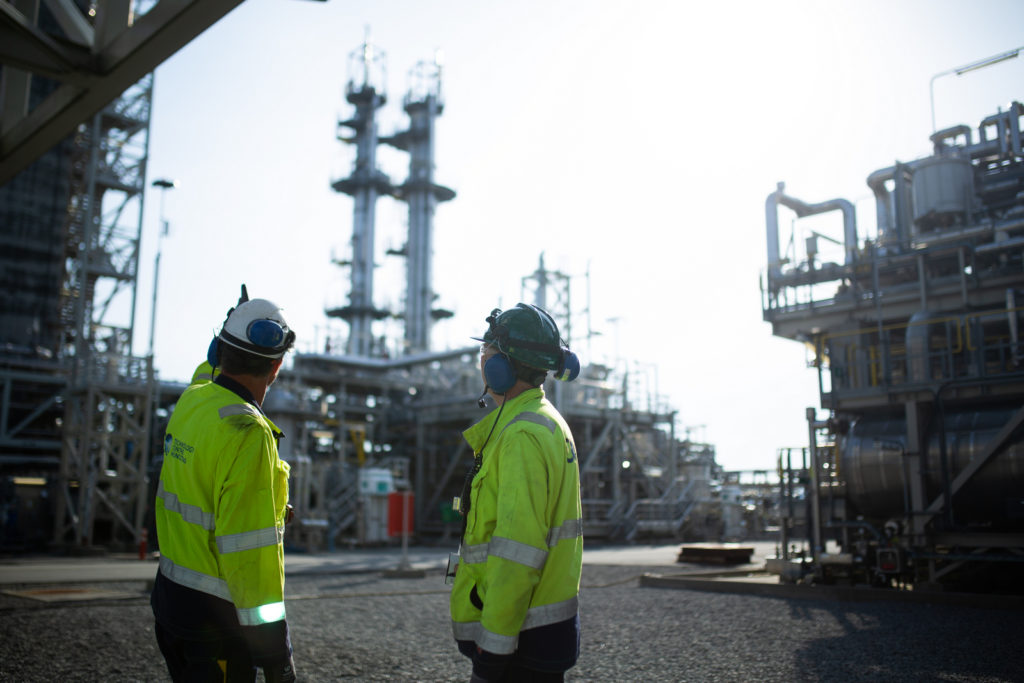Carbon Capture and Storage
Carbon capture and storage from a European perspective
CCS stands for carbon capture and storage. CO2 is captured, compressed and transported to a suitable storage site. CCS is a part of the solution for a number countries wanting to meet their climate goals.

The 2015 Paris Agreement is a global agreement aimed at limiting the rise in global temperatures. The agreement commits member states to ambitious targets for reducing their greenhouse gas emissions. According to the UN Intergovernmental Panel on Climate Change. It is not possible to limit global temperature rise and achieve net-zero emissions without using variants of carbon capture and storage (CCS). Norway has become a leader in this field through decades of investment in the technology.
The European Commission outlines sustainable approach to carbon capture, storage and use to achieve climate neutrality by 2050
The EU is committed to achieving net-zero CO2 emissions by 2050. While the main focus will be on reducing current emissions. The EU recognises the need for technologies that can manage CO2, i.e. capture it from flue gases or remove it directly from the atmosphere. Then transport and store it permanently. This is particularly important in sectors such as cement production and waste incineration, where reducing emissions is a challenge. That’s why the European Commission has issued a Communication on Carbon Management in Industry. Which describes how such technologies can help reduce emissions by 90% by 2040 and achieve climate neutrality by 2050.
Through the Net-Zero Industry Act, the European Commission proposes that the EU should develop at least 50 million tonnes of CO2 storage capacity per year by 2030. Based on an impact assessment of the EU’s recommended climate targets for 2040, this would need to increase to around 280 million tonnes by 2040. The Net Zero Industry Act has not yet been formally adopted in the EU, but the status as of 6 February 2024 is that the Council and Parliament have reached a preliminary agreement on the bill.
Demonstrating that CCS is safe and viable for Europe
Longship is Europe’s first sanctioned full chain CCS project. Its purpose is to demonstrate that CO2 capture is safe and feasible. Longship will make a significant contribution to the development of CCS as an effective climate mitigation solution. The capture partners in the project, Heidelberg Materials (Brevik CCS) and Hafslund Celsio, will supply CO2 to Northern Lights, which will take care of transport and storage. Northern Lights has built in more capacity than is the needs of these two capture projects. The excess capacity has been sold by Northern Lights to Yara in the Netherlands and Ørsted in Denmark. These two projects do not receive direct support from the Norwegian government.
